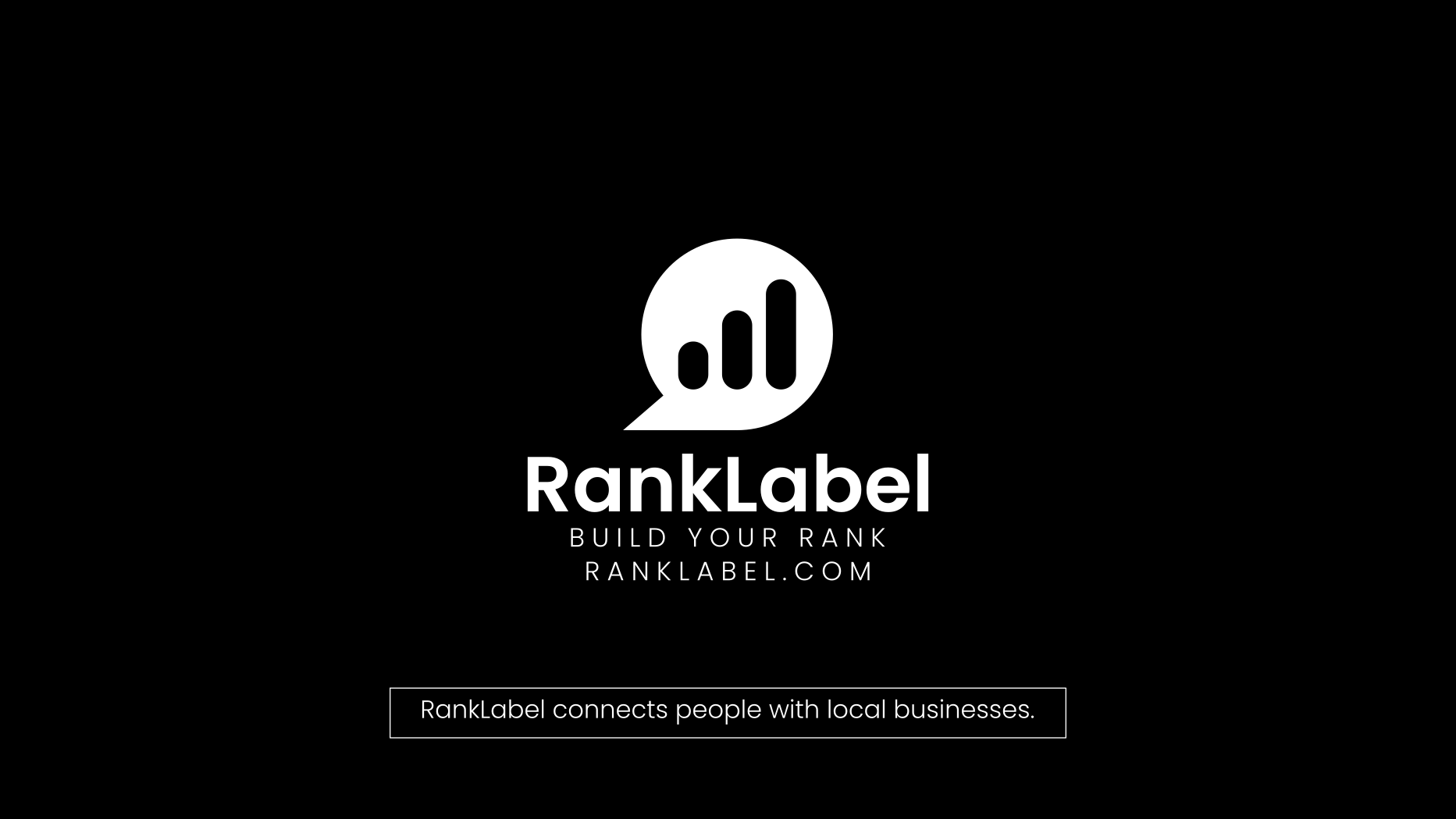How 3D Printing is Revolutionizing Entrepreneurship: A Deep Dive into Molds, Hybrid Techniques, and Sustainability

The rise of 3D printing technology has opened up a myriad of opportunities for entrepreneurs, enabling innovations that were once thought impossible. From creating rapid prototypes to producing cost-effective custom parts, 3D printing is not just a tool but a game-changer in the manufacturing world. This technology's versatility extends to making 3D printed molds, applying hybrid 3D printing techniques, and developing sustainable 3D printing solutions that are both environmentally friendly and economically viable.
The Impact of 3D Printing on Entrepreneurship
Entrepreneurs are continually seeking ways to innovate, reduce costs, and speed up product development. 3D printing, or additive manufacturing, offers these advantages by allowing for rapid prototyping and efficient production of complex designs that are often unachievable through traditional methods.
Advantages of 3D Printing for Entrepreneurs
Embracing 3D printing opens a realm of possibilities for entrepreneurs:
- Reduction in production costs due to less waste material
- Increased ability to customize products
- Shortened production cycles with direct-to-product manufacturing
- Lower barrier to entry for starting new business ventures
These advantages not only optimize production processes but also enhance product customization, which can be tailored to consumer needs more swiftly and efficiently.
Challenges and Solutions
While the benefits are vast, entrepreneurs face challenges like the initial cost of 3D printers and the need for specialized knowledge. Solutions include:
- Leasing equipment instead of purchasing
- Collaborating with 3D printing service providers
- Investing in training and development for staff
- Utilizing online resources and communities for support
Addressing these challenges is crucial for entrepreneurs to fully harness the potential of 3D printing technology.
Exploring 3D Printed Molds for Business Innovation
One of the most compelling uses of 3D printing in the entrepreneurial space is the creation of custom molds. These molds can be used across various industries including culinary, manufacturing, and healthcare.
Benefits of 3D Printed Molds
3D printed molds are not only faster to produce but also often more precise than their traditionally manufactured counterparts:
- Cost-effectiveness for short production runs
- High level of customization for niche markets
- Quick turnaround times ideal for testing and prototyping
- Ability to create complex shapes with high precision
The flexibility and efficiency of 3D printed molds empower entrepreneurs to experiment and innovate without the hefty price tag or time constraints associated with traditional mold making.
Real-World Applications
From bespoke chocolate molds to custom prosthetics, the applications of 3D printed molds are vast:
- Personalized culinary products for niche markets
- Customized parts for automotive restoration
- Prototypes for medical devices
- Eco-friendly packaging solutions
These examples highlight the versatility and potential for customization that 3D printed molds offer to various industries, driving innovation and efficiency.
Hybrid 3D Printing: Best of Both Worlds
Hybrid 3D printing combines traditional manufacturing processes with additive manufacturing, allowing entrepreneurs to leverage the strengths of both techniques.
Advantages of Hybrid 3D Printing
This innovative approach offers numerous benefits:
- Greater material choices including metals and ceramics
- Enhanced structural integrity of printed objects
- Improved surface finish with less post-processing
- Cost savings on material usage and waste reduction
The integration of traditional and additive manufacturing methods results in products that are robust, aesthetically pleasing, and functionally superior.
Hybrid Techniques in Use
The practical applications of hybrid 3D printing are impressively diverse:
- Aerospace components combining lightweight structures with high durability
- Automotive parts that integrate electrical pathways
- Medical implants with customized fits
- Jewelry designs that blend intricate detailing with classic aesthetics
These applications demonstrate how hybrid 3D printing is being used to push the boundaries of manufacturing and design.
Sustainable 3D Printing Solutions
As environmental concerns become more pressing, sustainable 3D printing solutions are increasingly important. Entrepreneurs are finding ways to reduce their ecological footprint through innovative practices in the 3D printing space.
Eco-friendly Practices in 3D Printing
Key aspects of sustainable 3D printing include:
- Using recycled materials to produce new filaments
- Energy-efficient 3D printers that reduce overall energy consumption
- Biodegradable materials to minimize waste and pollution
- Optimized design to use less material without compromising strength
These sustainable practices not only help in conserving the environment but also in reducing operational costs for businesses.
The Future of Sustainable 3D Printing
The ongoing development of sustainable 3D printing solutions promises significant advances:
- Greater reliance on solar-powered 3D printers
- Increased use of local and recycled materials
- Advancements in biodegradable composites
- New standards for sustainability in 3D printing industries
The future looks bright for eco-conscious manufacturing, with 3D printing at the forefront of sustainable innovation.
Tags: 3D printing for entrepreneurs, 3D printed molds, Hybrid 3D printing, Sustainable 3D printing solutions











